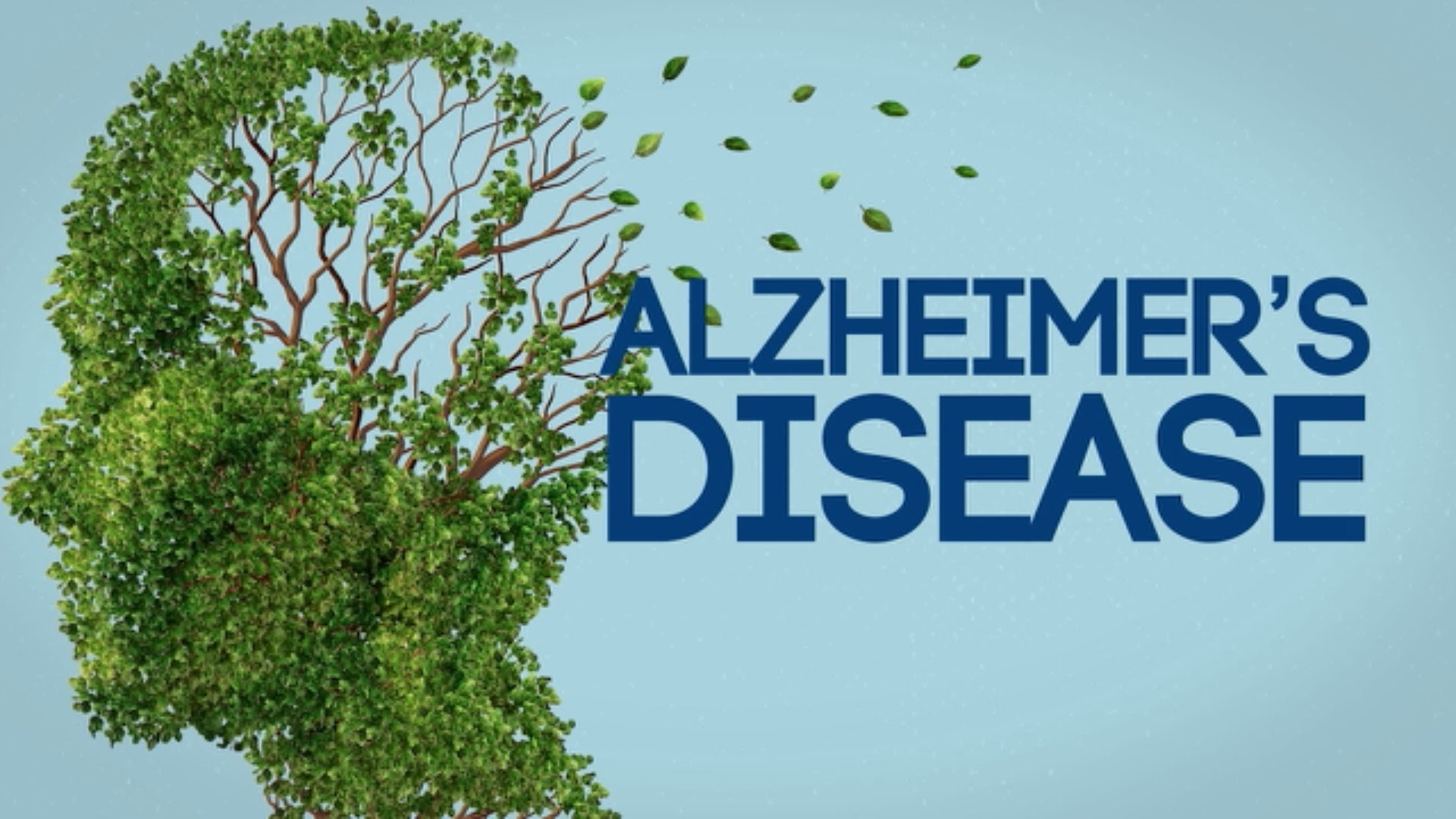Latest News
Sleep and Alzheimers
We know that sleep can ‘restore’ us, but how might that work at a neural level? Researchers are starting to suggest that sleep allows cellular waste to be cleared and memories to be more deeply embedded in our brain. For instance: the volume and flow of cerebrospinal fluid (the fluid washing around your brain and down your spine) increases while you’re asleep, which Ding et al., (2016: Science) are suggesting might facilitate the clearance of Aβ (a hallmark pathology in Alzheimer’s disease). But how does this fluid increase during sleep? The authors measured ion concentrations in waking and sleeping mice via microdialysis, and found that potassium ion levels (used to open ion channels in the brain and keep the brain active) were high during wakefulness, and plunged when mice nodded off. They also found that if they changed the ion concentrations in the brain, they could influence when mice were awake and asleep. Research also suggests that Aβ is most likely cleared during sleep, and that sleep disruption over the lifecourse may precipitate Aβ build up in the brain.


Amyloid and Infection
Aβ-amyloid has always had a bad wrap. Scientists have always considered.Aβ-amyloid to be an unfortunate bi-product of a mis-cut protein, which then builds up as an unwanted waste product in the brain (which clump together and form plaques). Due to this, Aβ has been the subject of intense research, and recent secondary prevention drug trials (i.e. A4 study). An animal study conducted by Harvard researchers (Kumar et al., 2016: Science Translational Medicine) suggests that Aβ might be a natural antibiotic that protects the brain from infection. In mice models who were engineered to have Aβ in their brain, the protein was found to clump around and ‘imprison’ bacterial pathogens that were introduced into the mouse brain. Perhaps, the authors argue, Aβ plays a protective role in fighting infection? And perhaps Aβ is fighting a falsely perceived infection in Alzheimer’s disease?
Dementia
In developed countries, mounting evidence suggests that the incidence (i.e. new cases being reported) of dementia is on the decline. Another two findings this year, both on very large datasets (Framingham: Seshadri et al., 2016: NEJM and Perera et al., 2016: Age & Ageing) are suggesting similarly; there seem to be less new cases, and that the average age of diagnosis is increasing. It is still unclear how this affects less developed countries or whether rates are different in different ethnic groups. Interestingly, rates of dementia diagnoses seem to be higher in females than males.


